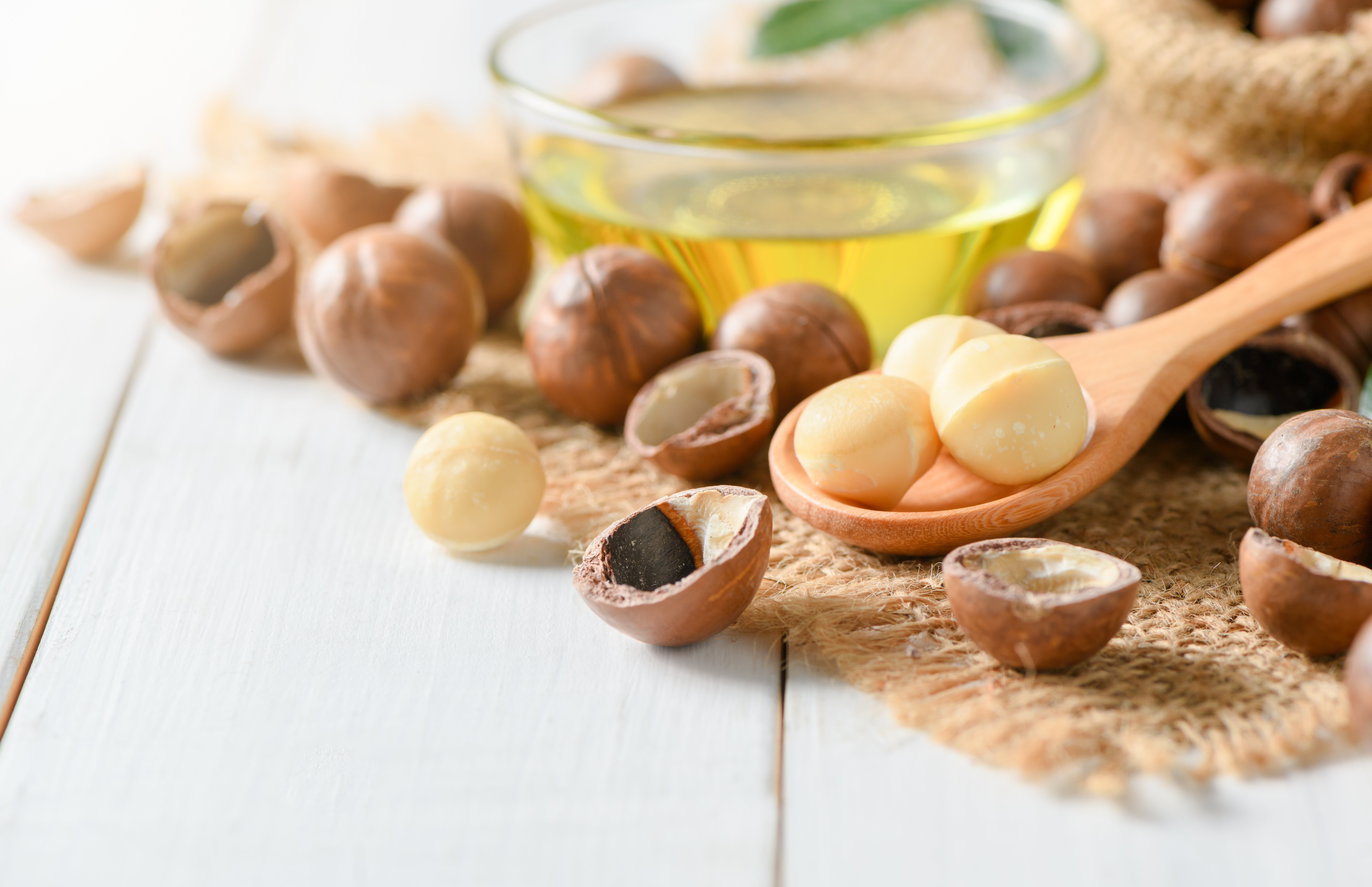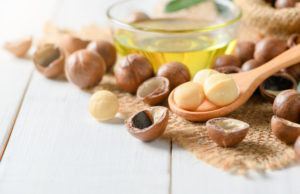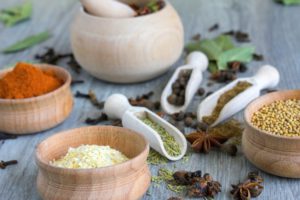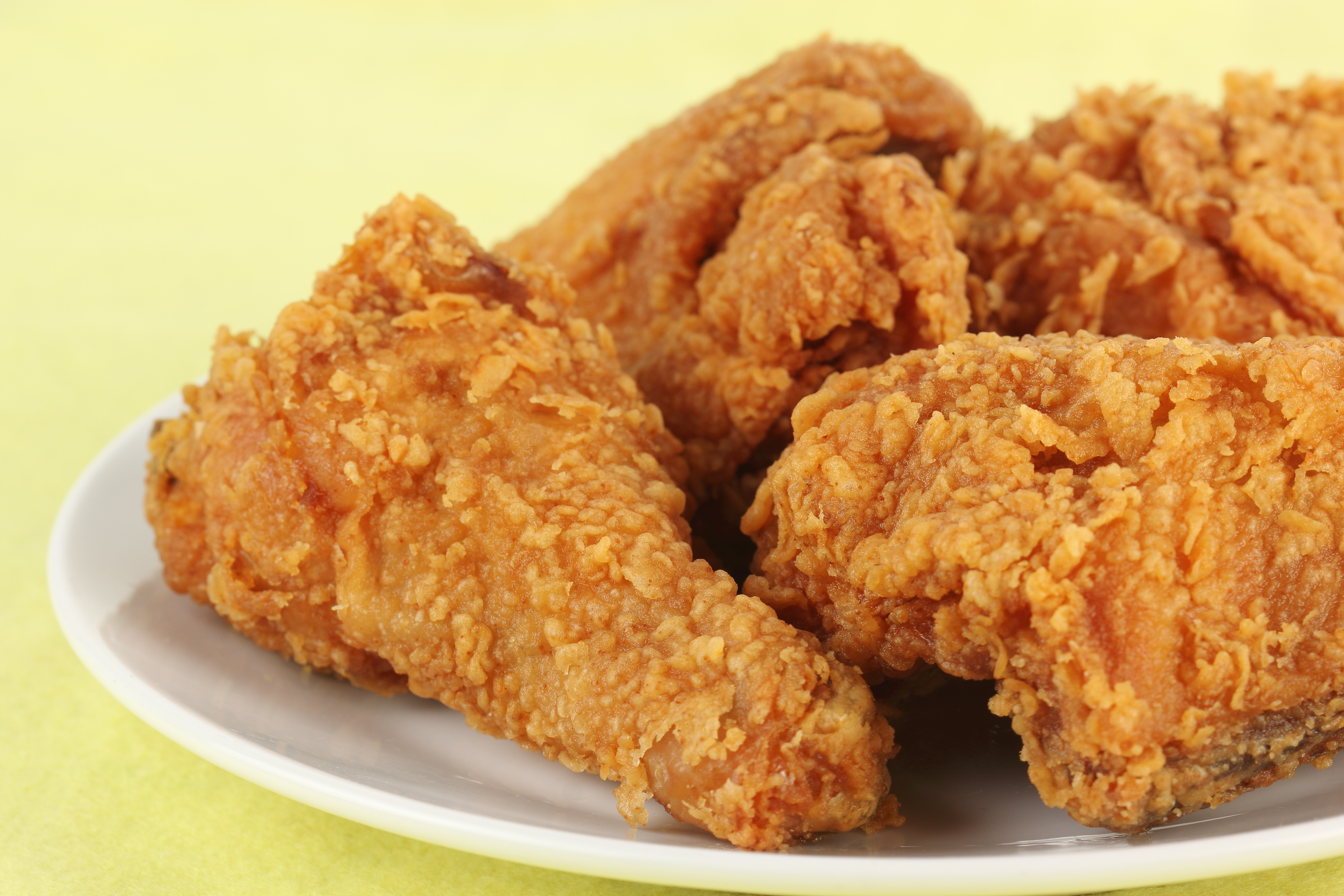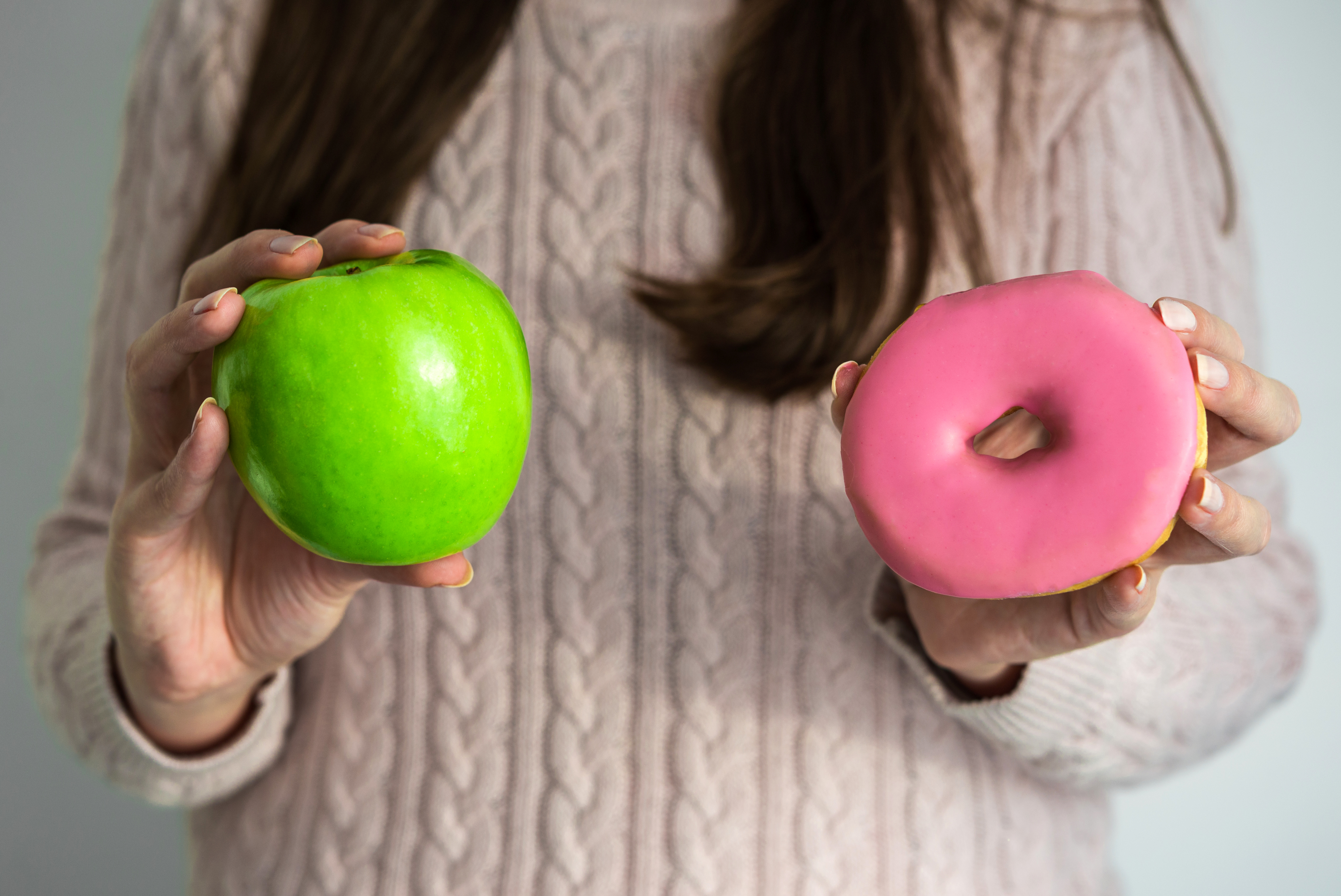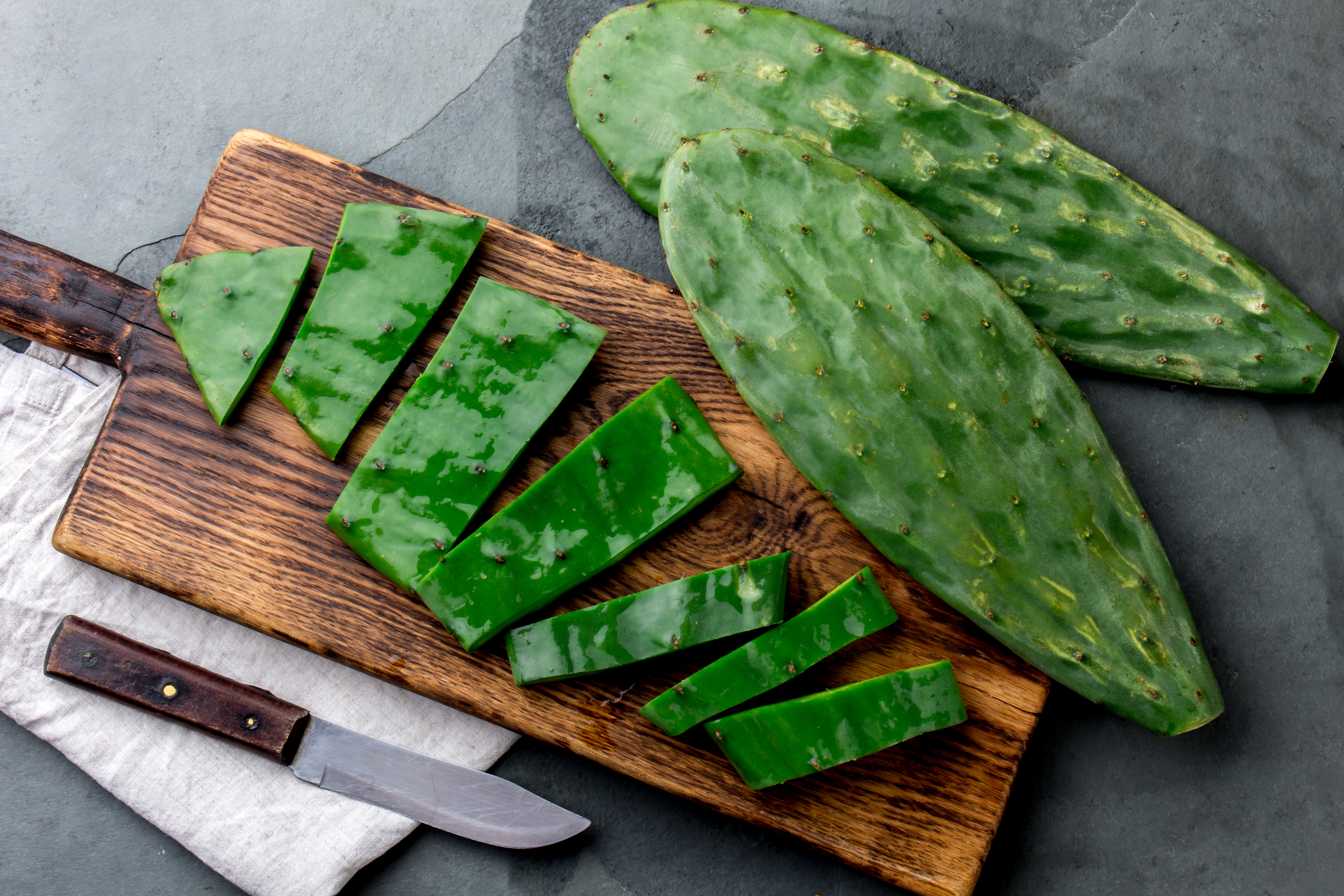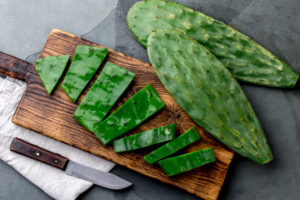Best Workout Sandbags for 2019: Top 7 Products Reviewed
Description: Want to exercise at home but don’t know which workout sandbags to buy? Find out the best workout sandbags available in 2019 for training at home. Take your training routine to the next level with these amazing workout sandbags 2019 has to offer!
If you want to change up your routine, add weights or résistance or do some functional training you know you don’t have to visit the gym. Right! With the right program and tools like a sandbag you can reach your activity or fitness goals in the comfort of you own home.
And, assuming you’re just like most people, you probably get bored of doing the same thing over and over again, If that’s true, we bet you’ll be glad to know there is a training option that will let you shake things up a little bit and still set you on the path of good health and fitness.
Furthermore if you’re you are uncertain about where and how to start your fitness journey then, training at-home is your best deal. You should try out the sandbags, You will be surprise at how fun working out can be.
Workout sandbags are a great modern way of training. Also referred to as exercise sandbags, they provide a great alternative to using machines, dumbbell and barbells, in fact, they are essential for functional training.
So if you want to build strength and get physically fit, workout sandbags will make it easy for you to build muscle and burn fat. Yes, workout sandbags are the most remarkable training-tool innovation of the 21st century!
What is a workout sandbag?
Don’t be misguided by its name; a workout sandbag and a regular bag sand are not the same thing.
A workout sandbag is designed for training, which means it is durable and can handle regular lifting, dropping, carrying, and pressing, and all the aggressive training action you engage in while training at home.
Workout sandbags range from 50lbs (for beginners) to more than 200lbs (for professional trainers and heavy weight lifting).
Why you need workout sandbags?
Exercise sandbags are effective tools for getting fit. They offer a unique way of physical training, especially for those who want to engage in functional training.
Sandbags are particularly effective because they lack a consistent shape and their weight shifts constantly around with the bag. Therefore, training with them can activate the less commonly used muscles, and this benefit makes it an absolute alternative to using the gym machines.
Are workout sandbags all the same?
No, workout sandbags are not all the same; although, mostly they perform the same functionality.
There are many designs and models of exercise sandbags flooding the market. But they are different in quality and other characteristics that we will explore later on.
What is your budget? What are your exercise goals? What’s the most important thing in a bag? These are questions you need to ask prior to purchasing.
With our expertise on this subject, we took the initiative to create his comprehensive workout sandbags buying guide. I hope this makes your selection process easier.
Are you ready to upgrade your training routine with our selection of the best models of exercise sandbags you need to buy in 2019?
BUT, before we delve into that, we first need to bring you up to speed on the crucial factors you should consider when buying workout sandbags for training at home.
Buying Guide to the Workout Sandbags for Training at Home
There are some critical factors you need to consider when deciding to buy an exercise sandbag to ensure you have the best experience in your training sessions at home. You need to keep in mind the following factors:
Maximum weight:
Workout sandbags have a weight ranging from 50lbs to more than 200lbs. You need to buy one that is heavy enough for you to use it efficiently when training. Also, considering that you will outgrow the weight after some time, you will want to have an exercise sandbag that comes with interchangeable weights, and this will be the next factor we’ll look at.
Adjustable weights:
Some workout sandbags have adjustable weight, meaning you can manipulate the weight of the bag to match your ideal weight size.
Workout sandbags with adjustable weight will allow you to change weights to reflect your current strength and still not worry about outgrowing the weight.
Therefore, it is extremely important that you know your weight lifting limits so you can pick out the exercise sandbags that will work best for your training routine at home.
Grip and usability:
An effective workout sandbag should be easy to use. By that we mean the workout sandbag should have a surface that is easy to grip. Even though exercise sandbags are meant to be challenging, it should not be difficult to hold. Therefore, when deciding on a workout sandbag to buy, check if its grip and usability is ideal for your training sessions.
Waterproof:
One important workout sandbag feature that most people tend to ignore is whether the sandbag is waterproof. The best exercise sandbag should be durable, resistant to wear and tear, and more importantly, it should be able to withstand moisture.
A waterproof exercise sandbag will protect the sand from invasive elements. It should be able to keep the sand dry, and this will give you a good training experience.
The best material that is able to secure the sand from invasive elements is nylon, so consider purchasing only those models that are made of nylon, or any strong material such as vinyl that will protect the sand from invasive elements.
Cleaning options:
You need to check how easy or hard it is to clean the workout sandbag.
Considering that you intend to use the exercise sandbag outside, or in any environment for that matter; the bottom line is that the sandbag will eventually get dirty and will require cleaning. You would not want to go through a tough cleaning process, as this will affect your morale in using the exercise sandbag.
Therefore, you will want to buy a workout sandbag that is easy to clean, and one that does not get dirty easily. .
Amount of handles:
One feature you should never ignore is the number of handles the workout sandbag has.
Let’s be honest, an exercise sandbag with many handles is easy to carry and transport, as well as train with. Since the number of handles on a workout sandbag will dictate how easy it will be for you to transport & exercise with it, you should never ignore this feature. The bag is more versatile with more handles.
Price:
This is an important factor you need to seriously think about. What can you afford?
There are many sandbags targeting high end market, while there are those that are more affordable. It does not mean; however, that low priced exercise sandbags offer low value. Some workout sandbags will serve you well and still cost a fraction of what premium workout sandbags cost.
Warranty:
You are obviously spending a lot of money to acquire the workout sandbag; therefore, it would be best for you to protect yourself from unexpected accidents.
Even though most sandbags are marketed as ‘extremely durable’ or even boast of being waterproof, you can protect yourself from false marketing if you choose to buy only those training sandbags that come with a warranty. Even though a warranty will cost you extra, it means you will be protected in the event of an issue.
If you take your time to review these factors before deciding on the best workout sandbag to buy in 2019, you will be able to make an informed decision on the best sandbag that will suit your training needs at home.
You don’t want to spend your hard earned money on a sandbag only to regret that it is not serving you well. Therefore, consider these factors when out shopping for quality workout sandbags to buy in 2019.
Top 7 Best Workout Sandbags for 2019 Compared & Reviewed
| PRODUCT | BRAND | BEST FEATURE | PRICE | RATING |
| Brute Force Heavy Duty Workout Sandbag | Brute Force Sandbags | Versatile | $159.95 | 4.7/5 |
| Garage Fit Heavy Duty Exercise Sandbag | Garage Fit | Durable | $84.95 | 4.4/5 |
| SKLZ Heavy Duty Easy Grip Super Sandbag | SKLZ | Easy Grip Handles | $40.99 | 3.6/5 |
| Rep Fitness Heavy Duty Workout Sandbag | REP FITNESS | Adjustable Weight | $94.99 | 4.3/5 |
| Synergee Heavy Duty Fitness Sandbag | Synergee | Warranty | $34.95 | 4.0/5 |
| Ultimate Body Press Workout Sandbag | Ultimate Body Press | Budget | $49.95 | 3.8/5 |
| Ultimate Burly Package Workout Sandbag | Ultimate Sandbag | Easy to Clean | $97.97 | 3.9/5 |
1. Best Versatile Workout Sandbag: Brute Force Heavy Duty Workout Sandbag

It boasts of an assortment of features, including 4 sets of flexible handles, adjustable weights ranging from 25lbs to 200lbs, and it’s versatile in terms of the different exercises it can be used for. You can use it for Crossfit workout, and it’s perfect for functional training.
In addition, it is extremely durable, and it holds well in any training environment. It is made of tough, high quality material to ensure that it lasts long. This training bag will not give in no matter the amount of slamming, tossing, beating, or dragging you put it through. It is one of the most reliable exercise sandbags on the market, and it’s no wonder Brute Force outfits every branch of the US Military, which is a testament of quality.
The Brute Force Heavy Duty Workout Sandbags are a fantastic choice and a must-have kit for training at home. It is our overall best pick for the top workout sandbags any training enthusiast should consider buying in 2019.
Brute Force Heavy Duty Workout Sandbag Best Features:
- Versatile
- Adjustable weight size
- Durable
- Warranty
2. Best Durable Workout Sandbag: Garage Fit Heavy Duty Exercise Sandbag

Its outer shell is made of waterproof nylon cordura and reinforced nylon stitching. As such, it can withstand extremely aggressive workout actions without getting damaged or ripped. This particular model of exercise sandbag is built for durability.
That is not all, it comes with virtually all the features you would want in a workout sandbag for training at home. It has 7 handles all around the shell, which allow you to perform many effective sandbag training workouts. It has adjustable weights ranging from 30lbs to 120lbs, making it ideal for all fitness levels. You can easily manipulate the weight size to match your current training level, and it can be used for performing multiple workouts.
If you are looking for that workout sandbag that will last you years on end, then the Garage Fit Heavy Duty Exercise Sandbag would be a great choice!
Garage Fit Heavy Duty Exercise Sandbag Best Features:
- Durable
- Adjustable weight
- Easy to maintain
- Perfect for both beginners and experts
3. Best Handles Workout Sandbag: SKLZ Heavy Duty Easy Grip Super Sandbag
To enjoy the best training experience, be it Cross Fit, fitness, toning or cardio routine, you need a workout sandbag that is easy to hold. The Best Handles Workout Sandbag: SKLZ Heavy Duty Easy Grip Super Sandbag is one of those unique designs whose handles allow for easy grasping and it is good for grappling. There are 6 handles, one on each side and 2 on one side. Although it may not be ideal for heavy lifters, its 6 soft grip handles make training easier, and you can also use it for aerobic exercises.
This training sandbag can help you build up your explosive power, and its easy-to-grip handle design makes it an effective kit for training both your upper and lower body. It also has adjustable weights with a maximum weight of 40lbs, and you can easily adjust it to your ideal weight size. You can easily adjust your workout routine to reflect your desired weight intensity for endurance and exercise.
Buying the SKLZ Heavy Duty Easy Grip Super Sandbag is a good investment in your athletic/training goals. Going by the positive reviews left by hundreds of training enthusiasts who’ve bought and used it, you will not be disappointment with this product.
SKLZ Heavy Duty Easy Grip Sandbag Best Features:
- Easy to grip handles
- Adjustable weights
- Durable
- Affordable
4. Best Adjustable Weight Workout Sandbag: Rep Fitness Heavy Duty Workout Sandbag

This monstrous training kit comes with multiple fill bags, including (1) Large size ranging between 50-125lbs, and 3 filler bags. You can easily manipulate the weight size to match your current level. The fact that you can easily customize the weight size makes it an ideal exercise arsenal any training enthusiasts needs to have for working out at home.
In addition, it boasts of virtually all other features you would want in an exercise sandbag. For instance, it is loaded with 6 good handle straps for safety as well as for good grip. You won’t experience uncomfortable contact points with this training bag. Moreover, it’s durable considering that the outer shell is made of ultra-durable 1000D Cordura. It is also triple-stitched with nylon thread, and this protects leaks from ever occurring. Whether you are a beginner or professional, you will be able to enjoy a wide range of exercises with this training bag, including deadlifts, carries, squats, lunges, and even throws!
The Rep Fitness Heavy Duty Workout Sandbag is a good choice to make, and we recommend you buy it without any hesitation.
Rep Fitness Heavy Duty workout Sandbag Best Features:
- Adjustable weight
- Durable
- Protective flaps
5. Best Warranty Workout Sandbag: Synergee Heavy Duty Fitness Sandbag
If there is a sandbag manufacturer that gives you guarantee without any compromise, then it must be Synergee, makers of the Synergee Heavy Duty Fitness Sandbag. What they advertise is actually what you get when you buy this amazing training bag.
Durable design consisting of an ultra-durable outer shell made from strong, waterproof nylon Cordura. You can lift, toss, and slam it all you want, but it will rip. It’s also multi functional, and you can engage squat, press, drag, lunge, and run with it efficiently. It has adjustable weight, with the filler bags having a weight capacity of 15.5lbs each, and the Pro Sandbag weight ranges from 5lbs to a maximum of 40lbs. It is ideal for every level if athlete. It also comes packed with a training manual bearing 6 different exercises. What is more, if there is any issue with the product, such as an easy tear or leakage, then Synergee will send you a new one quickly and absolutely free! Yes, they offer the best guarantee hands down.
You no longer have to worry about spending your money buying a workout sandbag for training at home, because the Synergee Heavy Duty Fitness Sandbag offers you everything you would ever want in an exercise sandbag. And if it falls short of your expectations in as far as durability is concerned, the manufacturers will be more than happy to send you a new product without any hesitation.
You have two color options for this particular training bad; red and blue, whichever tickles your fancy you should buy. The Synergee Heavy Duty Workout Sandbag is a great tool to have for training at home.
Synergee Heavy Duty Workout Sandbag Best Features:
- Warranty
- Durable
- Adjustable weight
- Affordable
6. Best Budget Workout Sandbag: Ultimate Body Press Workout Sandbag:
One of the most important factors you need to consider when shopping for a workout sandbag is the price of the product. However, you should note that low price does not always mean low quality. If you are frugal with your spending, it should not limit your chance of acquiring top-quality workout sandbags for training at home. If you’re working with a low budget, then you will want to check out the Ultimate Body Press Workout Sandbag that will cost you only $49.95.

Therefore, even without deep pockets, you will still be able to enjoy quality training sessions at home with the Ultimate Body Press Workout Sandbag. You will pay less for more value with this particular model!
Ultimate Body Press Workout Sandbag Best Features:
- Extremely affordable
- Option to use sand or water
- Versatile
- Portable
7. Best Easy-To-Clean Workout Sandbag: Ultimate Burly Package Workout Sandbag
Whether you train outdoor or indoor, the fact is your workout sandbag will eventually need cleaning. The best kit that allows for an easy cleaning process is the Ultimate Burly Package Workout Sandbag.
Unlike other workout sandbags that are made of fabric, this particular product is made of high density vinyl that is used for boat building. This means it is extremely strong (durable), soft on your hands, and all it takes to clean it is just a wet cloth to wipe all the dust and dirt off. Furthermore, you won’t have a chance of leakage because vinyl has no pores. You will never have a difficult time cleaning your exercise sandbag, because the Ultimate Burly Package Workout Sandbag takes less than 5 minutes to get it all shiny and ready for the next training session.
It is designed with 7 handles, with end flaps on either side of the bag and two neutral grip handles. Also, with a weight range of 60-120 lbs, this tough sandbag is perfect for exercise and Crossfit. Each sandbag is accompanied with a training poster, training DVD, and an instructional booklet to show you how to start.
Furthermore, the makers of this amazing exercise sandbag have been in the game for more than a decade, which is a testament of their quality. Therefore, you are assured that you will get value for your money when you buy this must-have training tool.
Ultimate Burly Package Workout Sandbag Best Features:
- Easy to clean
- Made from strong, durable material
- Multi functional
The Best Workout Sandbags for Training at Home: Final Advice
As you may have noticed, there are many options for you to pick when it comes to workout sandbags for training at home. We’ve presented you with the best of the best, and these exercise sandbags we’ve selected are guaranteed to give you the best workout experience at home.
Our number one pick is the Brute Force Heavy Duty Workout Sandbag that is a perfect training kit that will make working out at home an easy and enjoyable experience. Its assortment of features, including handles for safety, adjustable weights, and versatility, makes it an ideal workout kit every training enthusiast must have. If you are in the market for the best workout sandbags for training at home, look no further than the Brute Force Heavy Duty Workout Sandbag. It is our overall best pick for the top workout sandbags to buy in 2019.









